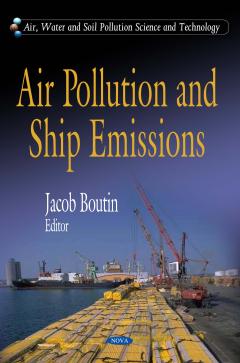Air Pollution and Cultural Heritage
The principal aim of the present work is to analyse the alteration products due to reactions between atmospheric components and one of the most common limestone utilised to build the Tower of London, in order to identify the pollutant sources and the damage mechanisms affecting the masonry. The samples were characterized using classical analytical methodologies associated with new methodologies specifically set up during the CARAMEL Project to obtain quantitative data on crust compositions. Gypsum is the main constituent of the damage layers, originating from the sulphation process that occurs as a result of SO2 deposition. Moreover, black crusts reveal different physical and chemical features from those of thin grey-brownish damage layers, a finding that reflects the changes in the pollution sources contributing to crust formation. ant emission sources linked to automobile and boat traffic. During its long history the Tower of London has undergone several different construction phases, giving rise to the presence of many different building stones. The most common building stones used to realise the blocks are Kentish Ragstone, Reigate Stone, Portland and Caen stones. Kentish Ragstone is a hard limestone used since the Roman times as un-coursed walling (Leary, 1983). The Romans were the first to use this stone in London for wall masonry. Reigate Stone, a friable calcareous sandstone, has been extensively used all over London, and especially in the Tower because of the proximity of the quarrying area. Portland Stone is a limestone that has been quarried since Roman times, and is one of Britain's best known building stones. The Caen stone is a French oolitic fined-grained limestone mainly used for the dressings of the central White Tower (Dimes, 1998) and confers a whitish appearance to the building. 2 EXPERIMENTAL SECTION
{{comment.content}}








 京公网安备 11010802027623号
京公网安备 11010802027623号